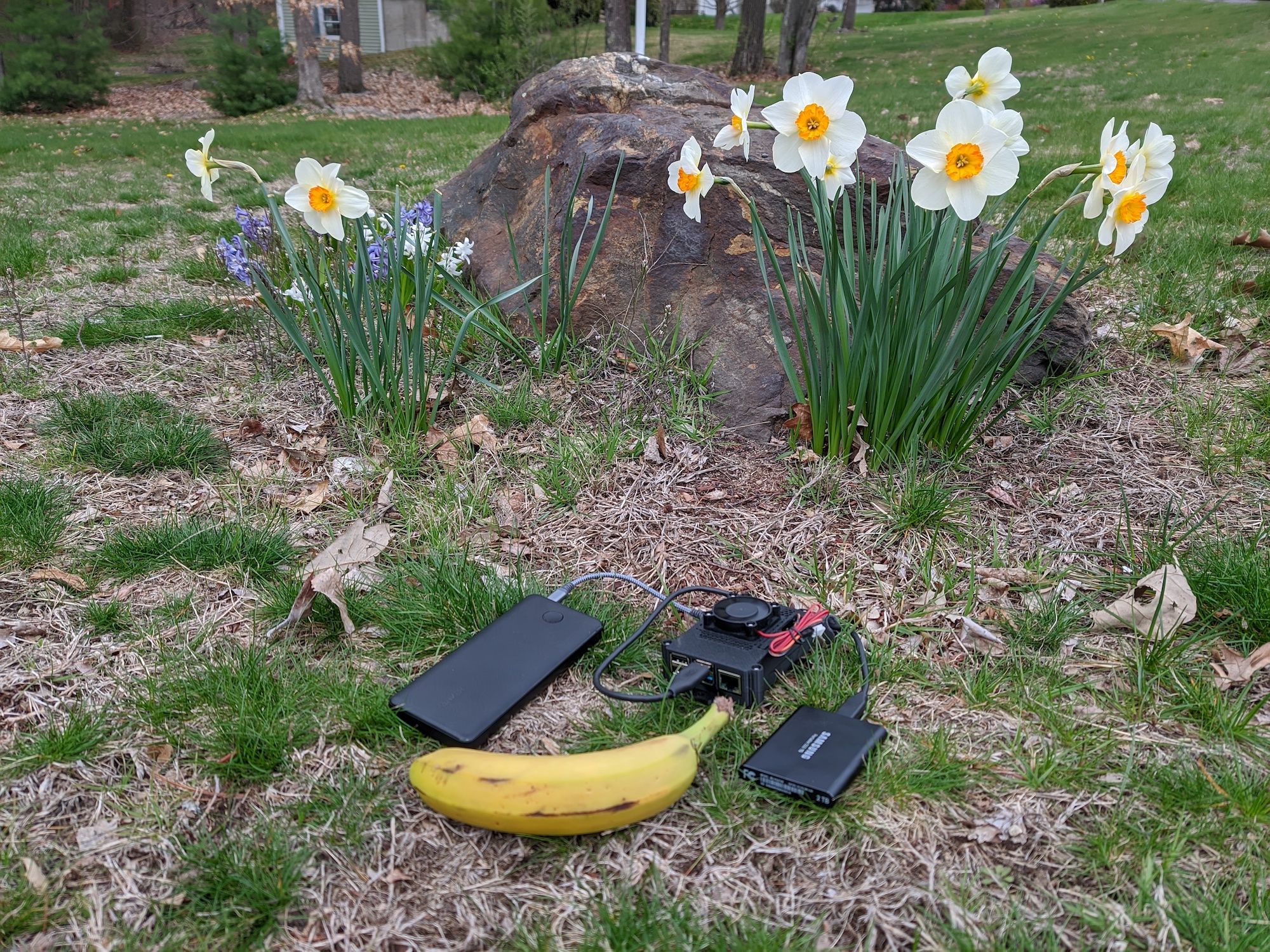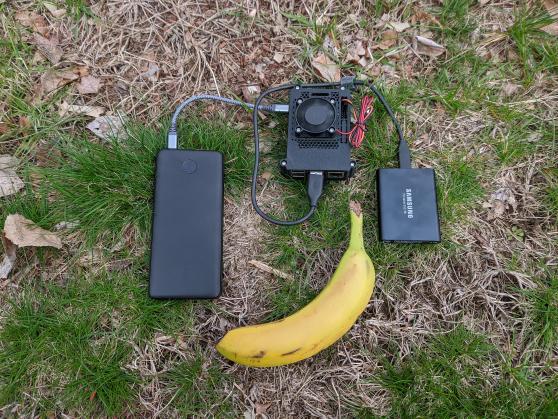Preamble: energy and power
The unit of energy we’ll use in this post is the kilowatt-hour (kWh). This quantity is called “one unit” on electricity bills, and it costs a domestic user about 12 cents in the US.
When discussing power, we’ll use kilowatt-hours per day (kWh/d).
In this context, power is the rate at which something uses or produces energy.
Most of you have probably come across some crypto energy consumption horror stories.
An old friend of mine won't invest in crypto because" crypto is melting the poles and damaging the environment", which creates "ethical and moral impediments".
— Alex Krüger (@krugermacro) April 30, 2021
What should I make him read to change his mind?
It turns out that this is precisely the problem Ethereum researchers and implementers (like us) have spent the last 5 years trying to solve!
The ongoing upgrades to Ethereum, which began rolling out in December, allows Ethereum to transition from a Proof-of-Work system to a Proof-of-Stake system to secure its network.
In a nutshell, instead of miners, Ethereum Proof-of-Stake requires active participants, known as validators, to put ETH at stake in exchange for the responsibility of securing the network. The staked ETH is used to discourage malicious behaviour, and validators are rewarded by newly issued ETH in exchange for securing the network.
While miners need to spend a lot of energy to solve increasingly harder math puzzles in order to improve their odds of adding a block to the blockchain, validators are selected to propose a block at random.
This means that, as opposed to miners – who need to use energy intensive specialized machinery – Ethereum validators only need an everyday laptop or PC.
One consequence of this is that, under some very reasonable assumptions, securing Ethereum’s PoS blockchain is over 99% more energy efficient than securing either Bitcoin or Ethereum’s PoW chain today.
Let’s do some quick back-of-the-envelope calculations to illustrate this.
Say the average Ethereum validator uses 10% of the processing power of a 100 Watt PC to validate transactions.
Then the average validator consumes around 0.2 kWh of energy per day.
To put this in context, Bitcoin mining appliances like the Antminer S9, draw a load of about 1500 watts — enough to power two refrigerators and a flatscreen TV.
If you run an Antminer 24 hours a day it will consume around 36kWh of energy per day – that’s 180x more energy intensive!
In sum, under some very reasonable assumptions, we see that PoS is 99%+ more energy efficient than PoW.
Can we do even better?
Last week, we received this message from Joe Clapis, a Nimbus user and key Rocket Pool contributor:
Nimbus v1.2 has reduced the resource consumption on my Pi so much that I’m no longer even remotely concerned about mainnet viability.
In the context of NFTs and the recent FUD surrounding Ethereum’s green credentials we decided to work together with Joe to showcase the optics of what a properly configured low-power system can do.
Joe took his Raspberry Pi, his cell phone power bank, and his SSD onto his lawn to demonstrate how green proof-of-stake really is (after all, what could be greener than a bunch of small computer components surrounded by grass?).

Using a 10,000 mAh power bank, he was able to run 10 validators (including Geth + Rocket Pool) on a Raspberry Pi for 10 hours.
The Pi consumes 5 watts, so that comes to around 0.1 KWh’s of energy per day for 10 validators, or 0.01KWh per validator.
This is 20x better than our previous estimate. In other words, 3600x more energy efficient than Bitcoin PoW, or, put another way, a 99.97% reduction in power.
When merge?
For these energy reductions to take place across the whole network, we need Ethereum’s application layer to be secured by Proof-of-Stake (at time of writing, it is still secured by Proof-of-Work). This event is referred to as “the merge” within Ethereum circles.
early polling suggests possible support for a 2021 minimum viable merge target
— Justin Ðrake 🦇🔊 (@drakefjustin) April 5, 2021
the merge comes after EIP-1559, itself slated for the London hardfork in July/August
"minimum viable" means no transfers, no withdrawals, no statelessness, no major EVM change pic.twitter.com/CzhSSKnT0r
The good news is that, after much back and forth between the research team, client implementers, and the community, the timeline for the merge has been expedited. While it was originally planned for 2023, we're working very hard to try and make it happen by the end of the year.
When it does, it will mark the start of a more sustainable and eco-friendly era for Ethereum. One in which Ethereum finally has the scale, security and sustainability outlined in its vision.








